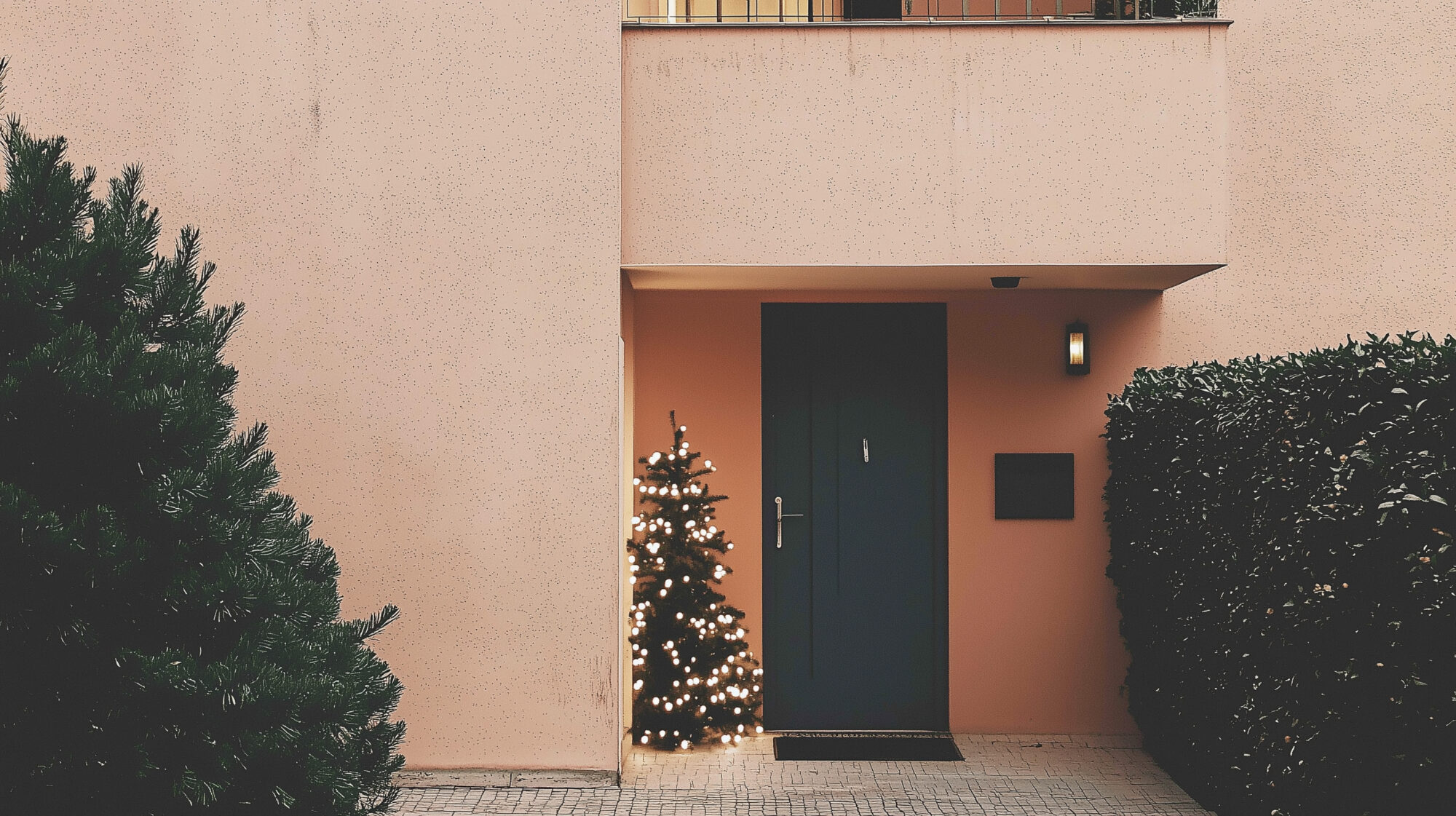
In today’s world, where sustainability is increasingly vital, smart home lighting solutions are focusing on efficiency and energy savings. Through advanced programming and automation, it’s possible to manage a home’s lighting to optimize energy consumption without sacrificing comfort or functionality.
Light scheduling: activity-based energy savings
Programmable lighting adapts to actual household needs, ensuring lights are only on when necessary. Using motion sensors and automated scheduling, homeowners can significantly reduce electrical consumption: presence sensors, for instance, turn on lights only when someone enters a room and turn them off when they leave. Studies indicate that lighting automation can reduce energy use by up to 30% compared to traditional manual systems.
In addition to motion sensors, timers and customized routines offer even more precise control. A well-structured setup allows lighting to be tailored throughout the day, optimizing for typical needs in each room. This could mean soft light in the living room during evening hours, bright light in the kitchen during meal prep, or optimal lighting in work areas during daytime.
Apple HomeKit: a key tool for home energy management
For users with Apple HomeKit-compatible devices, lighting optimization is simplified through integration with the Apple ecosystem. HomeKit allows users to create custom scenes and routines that adjust according to user location, meaning lighting can adapt dynamically to daily routines. With geolocation features, the system can detect when a user is arriving home and turn on lights in advance, or turn them off when leaving. This sync between devices makes the process intuitive and enables easy energy savings.
According to Italian and international studies, smart home automation can reduce lighting energy use by an average of 10-15%. Though savings vary by specific use, this demonstrates how smart homes contribute to more sustainable energy usage.
Smart lighting for the holidays
Decorative holiday lighting is a beloved tradition, but it can increase energy consumption significantly. To reduce the impact of festive lighting without sacrificing ambiance, smart home professionals can schedule lights for specific times of day and turn off decorations automatically at night—perhaps integrating it into a pre-set holiday scene.
With Apple HomeKit, users can set up an automatic timer or specific holiday scene for decorations, which turns on at dusk and off at night, optimizing energy use without manual management. Choosing LED lights for decorations can further save up to 80% of energy compared to traditional lights.
In conclusion, energy optimization through smart lighting represents a practical savings opportunity for users and a sustainability benefit. With systems like Apple HomeKit (Apple Home), which integrate and automate lighting, smart home professionals can offer advanced solutions that significantly enhance both energy efficiency and the home experience, even during the holiday season.
